Drawing can serve as a powerful tool for capturing and expressing memories. By translating your experiences onto paper, you can enhance your connection to those moments and improve your drawing skills simultaneously. Engaging in memory drawing encourages you to rely on your visual recall, fostering creativity and deeper emotional reflection.
Exploring various techniques for improving your visual memory can also enrich your artistic abilities. As you practice, you become more adept at observing details and conveying them on the page, allowing your personal narrative to unfold through art. This practice not only benefits your artistic journey but also reinforces the significance of memories in your life.
Connecting the act of drawing with personal experiences can transform how you perceive both art and memories. By focusing your artistic expression on memories, you gain insights into your past while developing a unique style that resonates with your individual experiences.
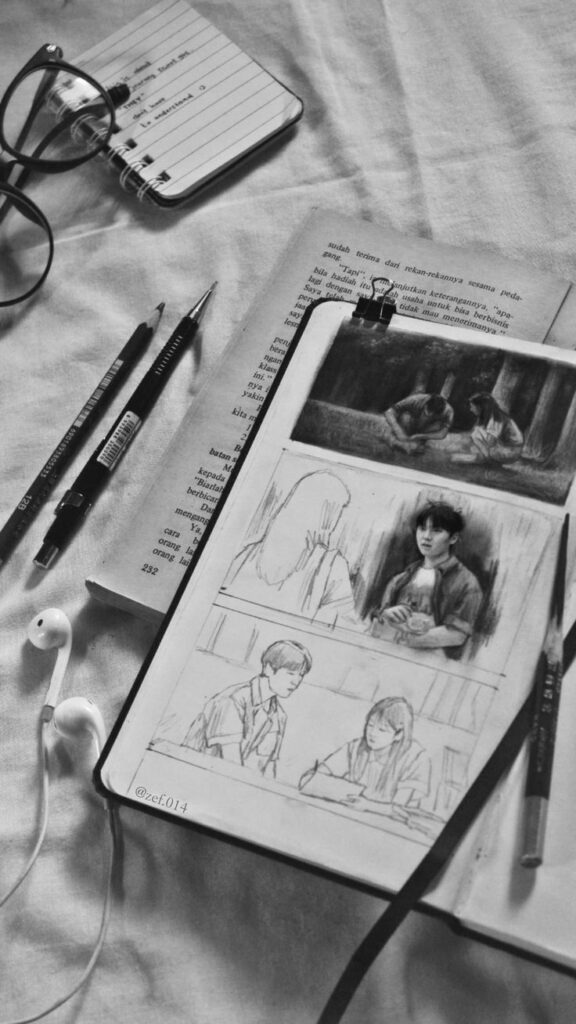
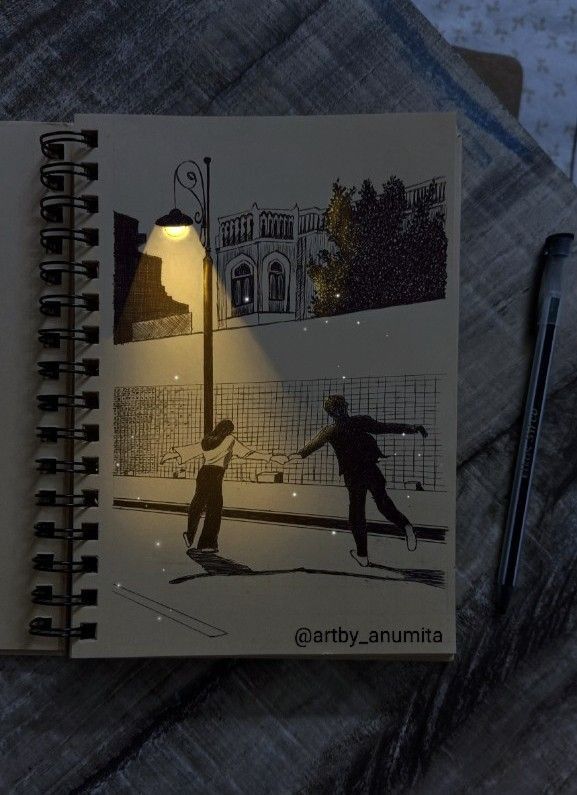
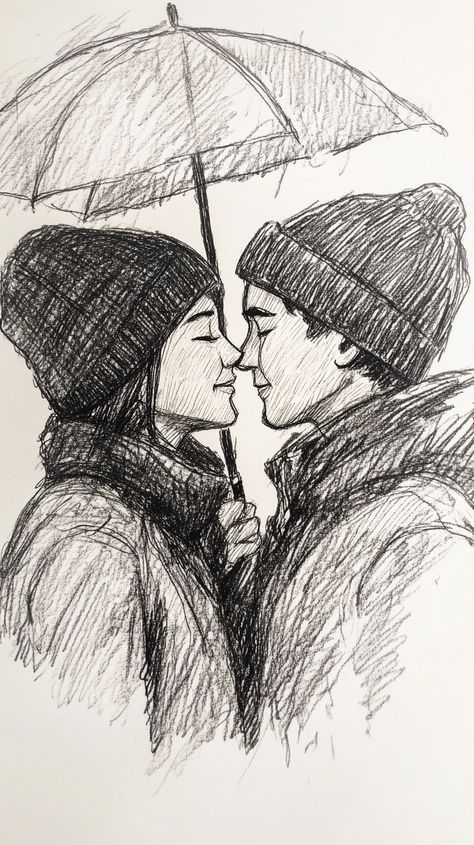
Key Takeaways
- Drawing from memory enhances both artistic skills and personal connections.
- Visualization techniques can improve your ability to recall details.
- Personal experiences can shape your artistic expression and storytelling.
Understanding Memory Drawing
Memory drawing is a technique that taps into your ability to visualize and recall experiences. This practice not only enhances creativity but also boosts focus by engaging specific brain functions related to memory.
The Science of Memory
Memory involves complex processes in the brain, including encoding, storage, and retrieval. Different types of memory, such as episodic and procedural, play pivotal roles in how you recall information.
When you draw from memory, you activate the hippocampus, responsible for forming memories. This exercise strengthens neural connections, making it easier to recall past experiences in the future.
Engaging in memory drawing stimulates both hemispheres of your brain, encouraging creativity and analytical thinking. This cross-activation can lead to new insights and innovative ideas, enhancing your artistic expression.
Benefits to Creativity and Focus
Memory drawing enhances your creativity by encouraging the visualization of concepts and experiences. When you actively recall and illustrate memories, you push the boundaries of your imagination.
This practice also helps improve focus. By concentrating on the details of what you want to draw, you eliminate distractions. This mental engagement sharpens your attention span, allowing for better absorption of information.
Incorporating memory drawing into your routine fosters a habit of reflection, inspiring new artistic avenues. As you explore personal memories, your unique perspective can enrich your creative work, resulting in more authentic and meaningful art.
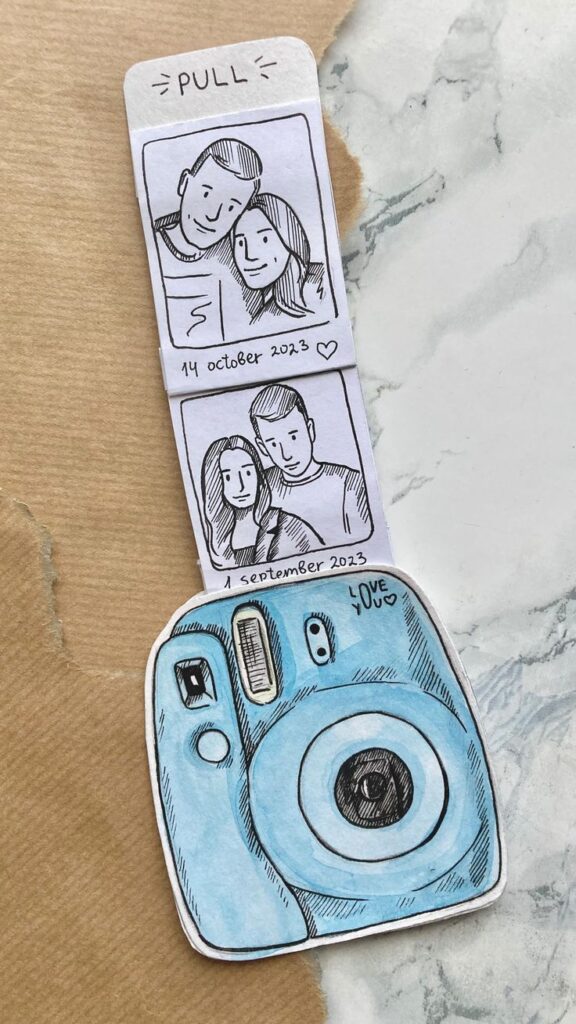
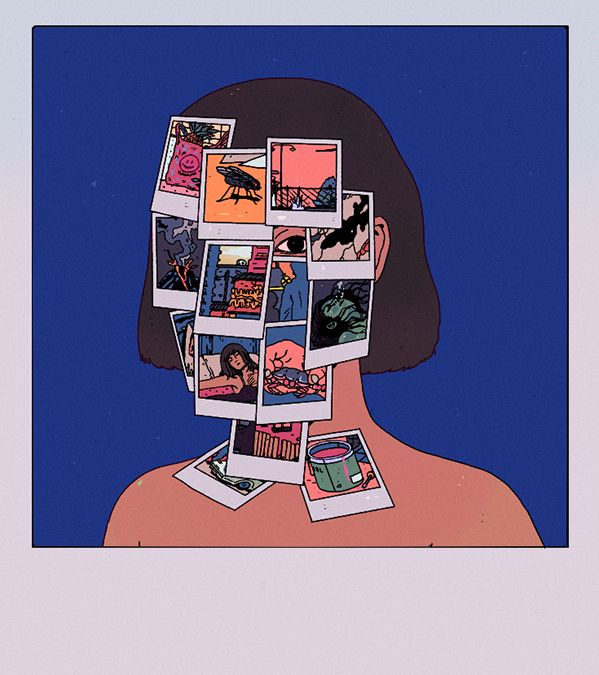
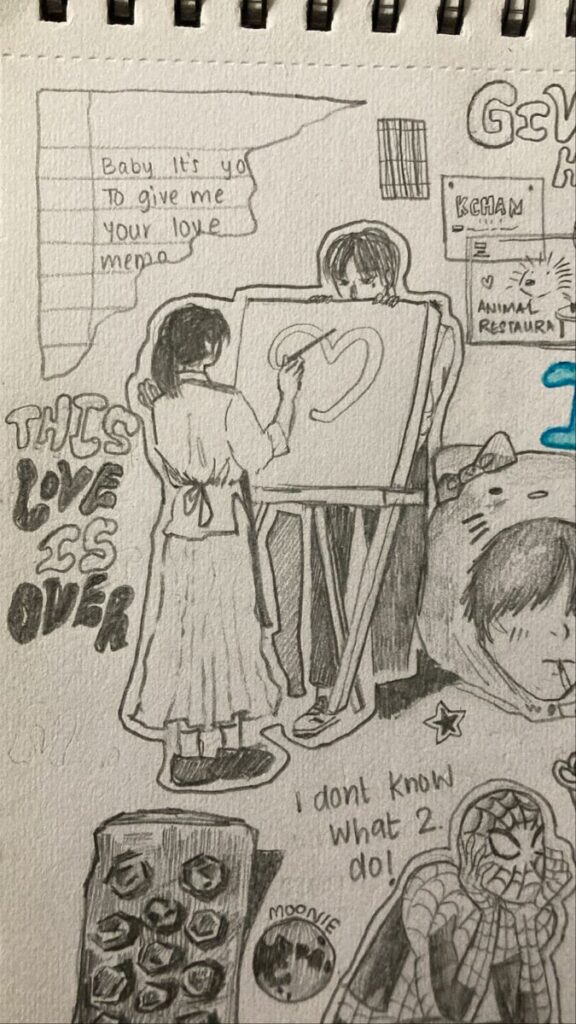
Developing Drawing Skills Through Memory
Memory plays a crucial role in enhancing your drawing skills. By focusing on visual memory and incorporating life drawing practices, you can significantly improve your artistic abilities.
Trained Visual Memory
Trained visual memory allows you to recall and reproduce visual information more accurately. Engaging in exercises such as memory sketches can enhance this ability.
- Start by observing a subject for a limited time, then try to draw it from memory.
- Over time, gradually increase the complexity of what you draw, which will challenge your memory and develop your skills.
Utilize tools like flashcards featuring different objects. Regular practice can help in storing and quickly retrieving visual references in your mind.
This approach not only boosts your drawing skills but also conditions your brain to recognize and remember details that often go unnoticed.
Incorporating Life Drawing
Life drawing is crucial for developing your drawing skills and enhancing your visual memory. Observing live subjects allows you to grasp proportions, anatomy, and spatial relationships better.
Schedule regular sessions in various environments, whether that be in a studio or outdoors. Focus on different subjects, from human figures to still life.
- Experiment with various media, such as charcoal or pencil, to find what feels most comfortable.
- Don’t hesitate to make quick sketches to capture the essence of the subject.
The more you draw from life, the more your memory will absorb details, improving your overall technique. Engaging in life drawing nourishes your understanding of form and shape, which is essential for creating accurate representations.
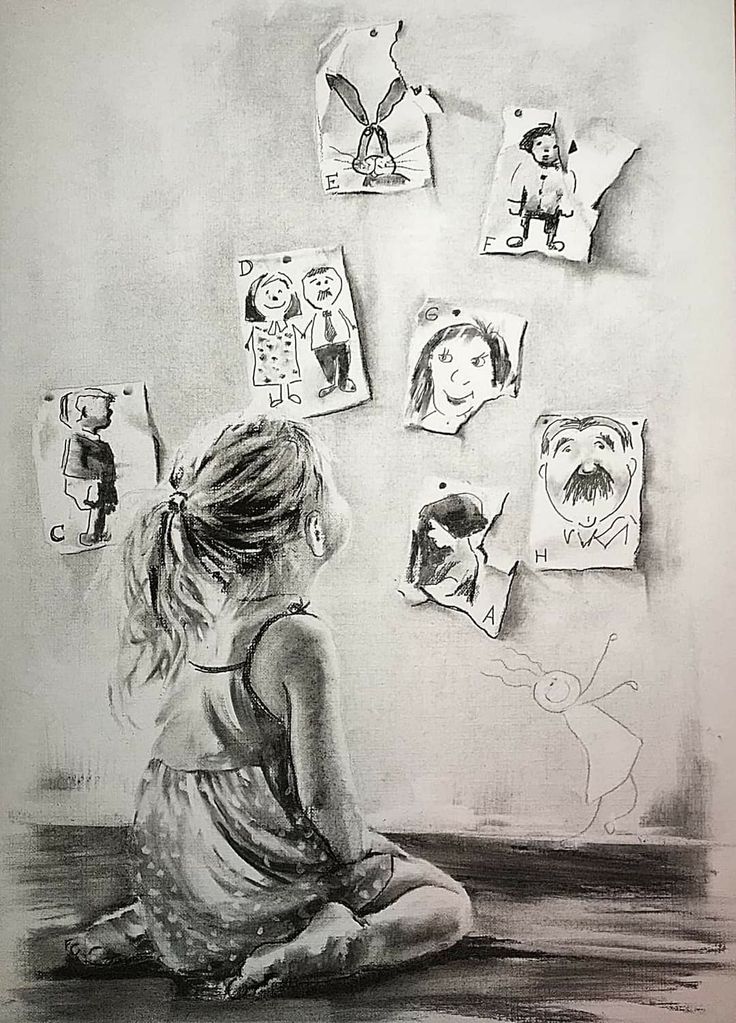
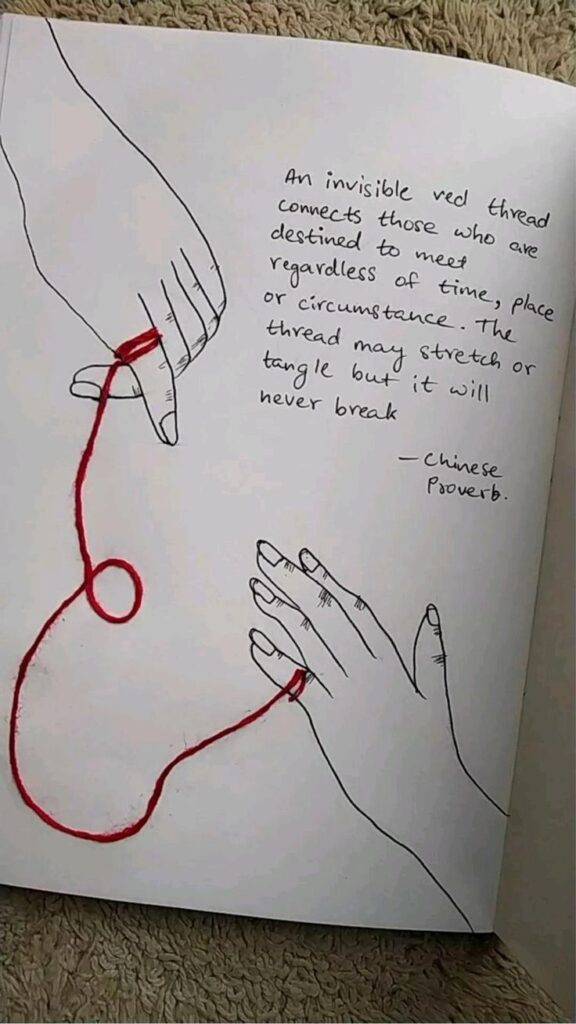
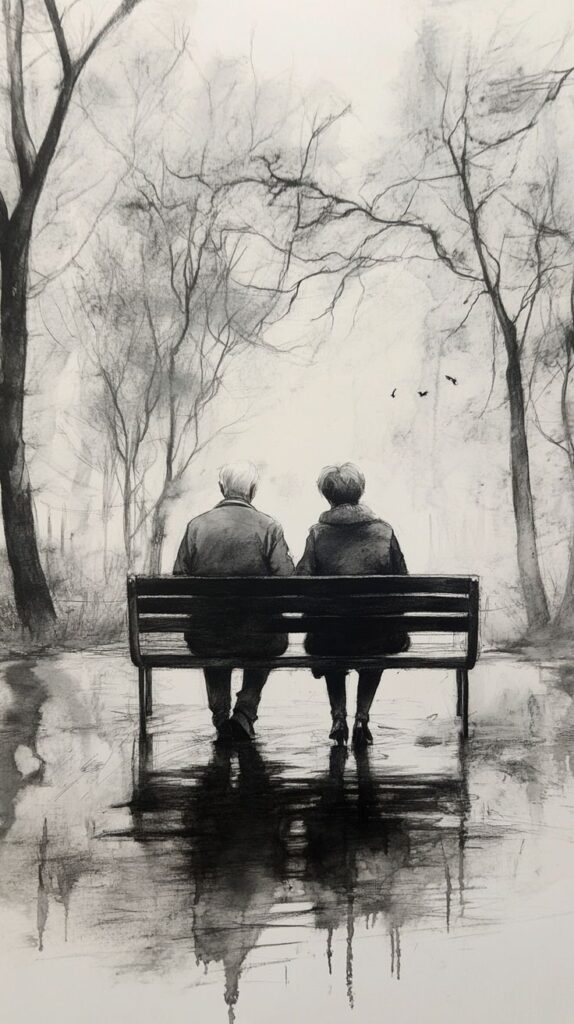
Techniques for Improving Visual Memory
Enhancing your visual memory can be achieved through specific drawing techniques and targeted exercises. Attention to spatial relationships and consistent practice can significantly bolster your skills.
Spatial Relationships in Drawing
Understanding spatial relationships is crucial for improving visual memory. This skill helps you perceive how objects relate to one another in space. It involves recognizing the size, scale, and position of objects relative to each other.
To practice, try drawing from observation. Set up a scene with various objects. Focus on accurately representing their distances and angles. Use techniques like contour drawing, which encourages you to observe and reproduce the outline of objects, fostering an awareness of their placement in space.
Additionally, employing grids in your reference images can help you map out relationships before you start drawing. This method encourages accuracy and deepens your sense of proportion and placement, vital components of visual memory.
Effective Drawing Exercises
Incorporating specific drawing exercises into your routine can refine your visual memory. These exercises should focus on observation, recall, and representation.
Start with simple exercises, such as drawing everyday objects from different angles. This practice encourages you to memorize their shapes and positions. Another effective technique is blind contour drawing. This involves drawing subjects without looking at the paper, strengthening your connection between observation and memory.
Using timed exercises can also be beneficial. Set a timer for one or two minutes and draw a subject. This method pushes you to capture the essence quickly, improving memory retention under pressure. Regular practice with these exercises will enhance your ability to remember and reproduce visual information accurately.
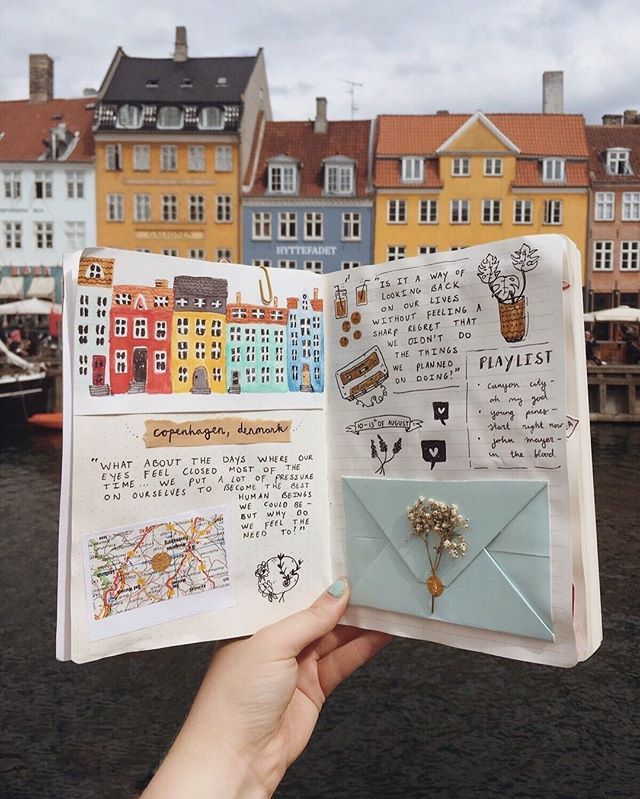
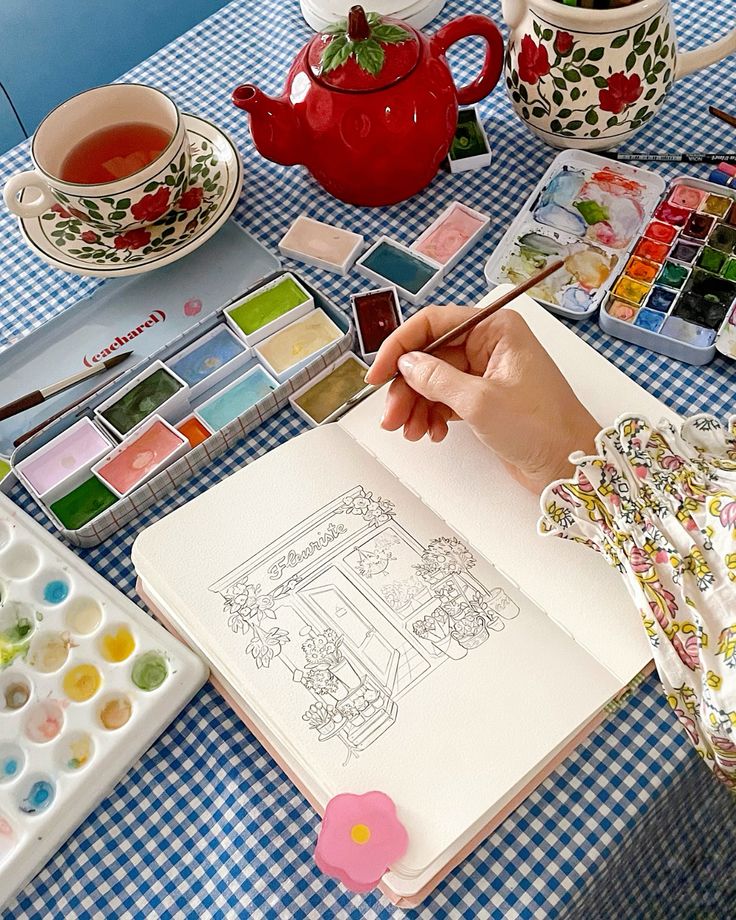
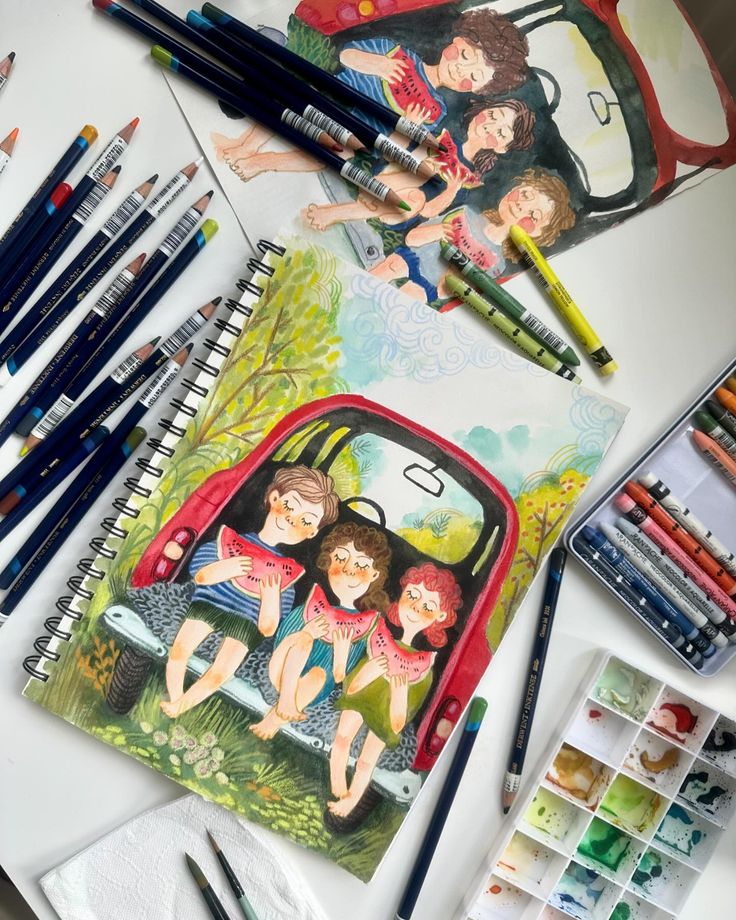
Applying Memory Drawing to Various Subjects
Memory drawing allows you to tap into your experiences and impressions, translating them into visual art. This technique can enhance your skills across various subjects, particularly in landscapes, where spatial awareness and detail are crucial.
Drawing from Memory in Landscapes
When drawing landscapes from memory, focus on the key elements that define the scene. Start with shapes and forms: identify the horizon line, major landforms, and any significant features like mountains or trees.
Next, consider the colors and light you experienced. Think about how the light changes the appearance of elements at different times of day. Use a limited palette to mirror those colors in your drawing, emphasizing contrasts.
Practice sketching small thumbnails in your notebook, recalling different landscapes you’ve encountered. This will sharpen your ability to capture the essence of various environments while allowing your unique perspective to shine through.
- 677shares
- Facebook0
- Pinterest677
- Twitter0


